
La magie ne dure qu’un temps, et l’aimée s’efface au loin. Vient alors le chagrin, mais il restera toujours la certitude d’un autre monde, resplendissant de liberté et de sensualité. CONTINUE READING / CONTINUER LA LECTURE…

La magie ne dure qu’un temps, et l’aimée s’efface au loin. Vient alors le chagrin, mais il restera toujours la certitude d’un autre monde, resplendissant de liberté et de sensualité. CONTINUE READING / CONTINUER LA LECTURE…

The poet bids farewell to the child whose smile was the sweetest thing in his life, and she will remain his dearest memory. CONTINUE READING / CONTINUER LA LECTURE…

This well-known poem appeared in Thompson’s first volume Poems in 1893. It is dedicated to Monica, the eldest of the four Meynell daughters. It was probably written in 1891 when she was 11 years old. CONTINUE READING / CONTINUER LA LECTURE…
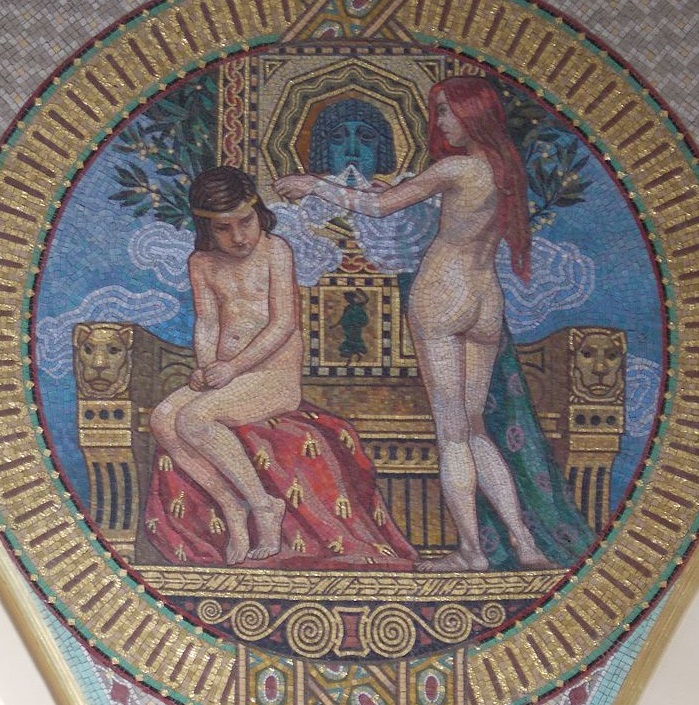
The English writer Ernest Christopher Dowson (1867–1900) remains famous for his poetry, but he also wrote novels (with Arthur Moore) and short stories, and translated in English several works of French literature. He belonged to the group of writers and artists who called themselves ‘Decadents,’ ‘the movement’ or ‘fin de siècle. With a vague feeling of the decay of civilisation and of its imminent collapse, they rejected Victorian moralism and sentimentality, and strove for the beauty of art for art’s sake. CONTINUE READING / CONTINUER LA LECTURE…
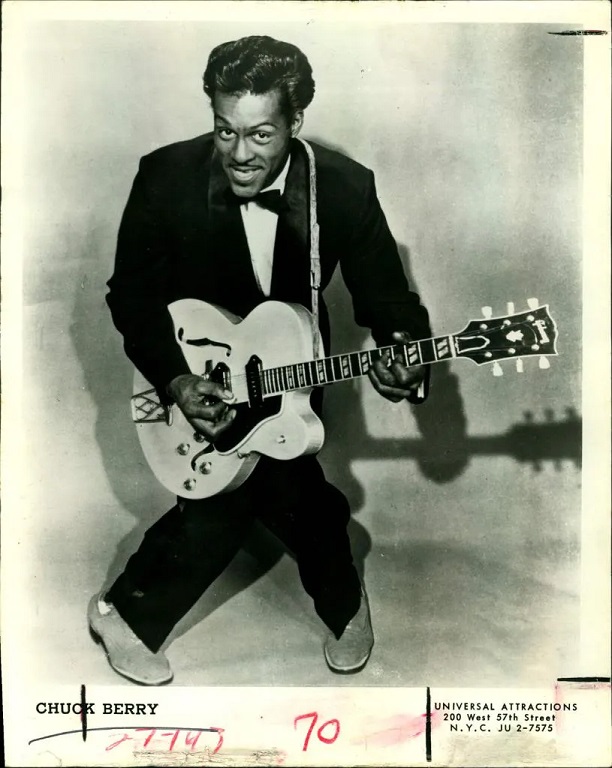
Chuck Berry released in June 1959 a single on Chess Records, with A-side “Back in the U.S.A.” and B-side “Memphis, Tennessee.” In that song, he is speaking to a long-distance telephone operator, asking to find the number of a girl named Marie who tried to phone him from Memphis, Tennessee. He explains that they were separated by her mother who “did not agree / And tore apart our happy home in Memphis, Tennessee.” He finally reveals that Mary is aged six. CONTINUE READING / CONTINUER LA LECTURE…

Guns N’ Roses (often abbreviated as GNR) is a hard rock band from Los Angeles, California. It has existed without interruption since 1985. One of their greatest hits is the song “Sweet Child o’ Mine,” recorded in August 1986, which first appeared on their debut studio album Appetite for Destruction released on July 21, 1987. The song was next released as a single in August 1988, and it topped the Billboard Hot 100 chart; it would be the band’s only number 1 US single. It was released again in 1989, reaching then number 6 on the UK Singles Chart. CONTINUE READING / CONTINUER LA LECTURE…
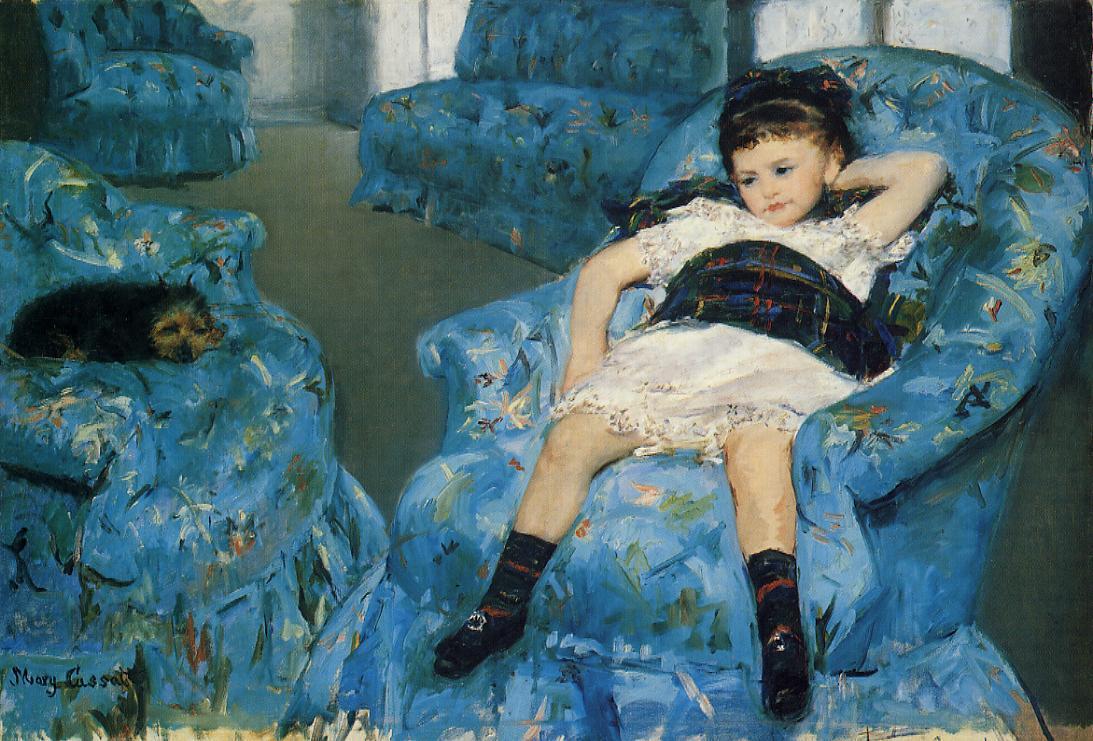
The popular song “Little Girl Blue,” with music by Richard Rodgers and lyrics by Lorenz Hart, was published in 1935 for the musical Jumbo, starring Gloria Grafton. In 1962 the musical was made into a musical film, Billy Rose’s Jumbo, starring Doris Day, who sang the song. I found two different versions of the lyrics, on the Lorenz Hart site, and on Genius. CONTINUE READING / CONTINUER LA LECTURE…

In 1796, Brooke Boothby published Sorrows. Sacred to the Memory of Penelope, a collection of poems in memory of his deceased daughter Penelope. The collection consists of 24 numbered sonnets, two longer poems both called Elegy, and a final 12-verse poem called Stanzas. In two previous posts I transcribed 7 of the 24 sonnets. Now I reproduce one of its two elegies. In this sad poem, Boothby longs to die and to have his body deposited by a friend into Penelope’s tomb, so that his ashes can mix with hers. Then, being rid of his body, he imagines his daughter greeting him in heaven, taking him by the hand and crowning him with a wreath of flowers. CONTINUE READING / CONTINUER LA LECTURE…
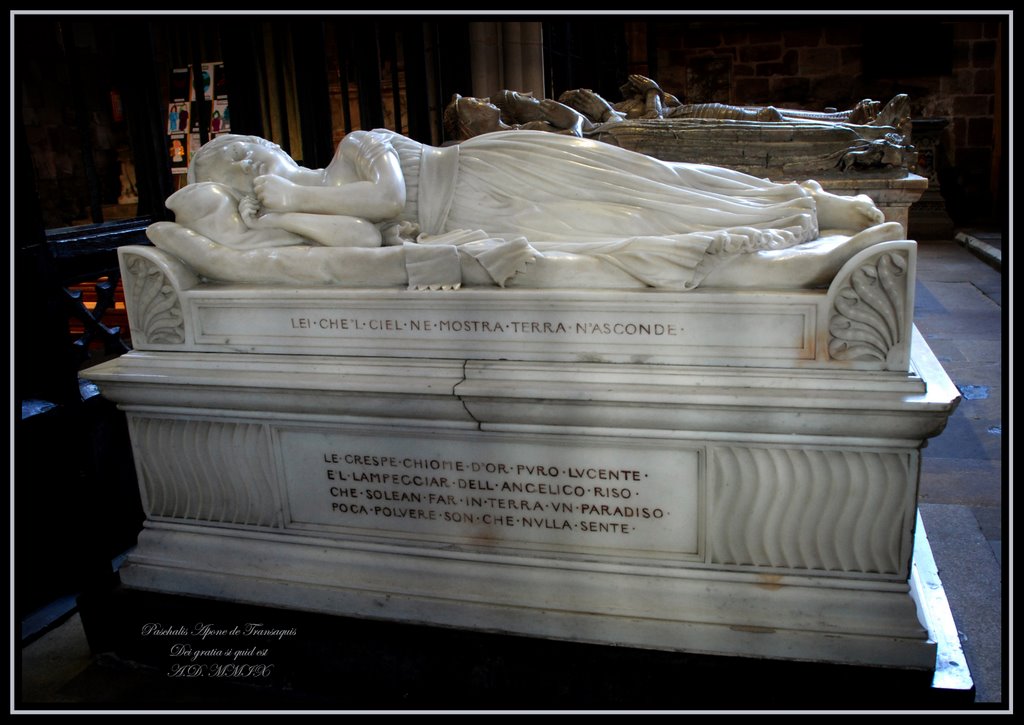
In a previous post, I copied 3 sonnets from Sorrows. Sacred to the Memory of Penelope, the collection of poems written by Brooke Boothby in memory of his daughter Penelope, who died one month before her sixth birthday. Here I transcribe three more sonnets (and correct another). CONTINUE READING / CONTINUER LA LECTURE…
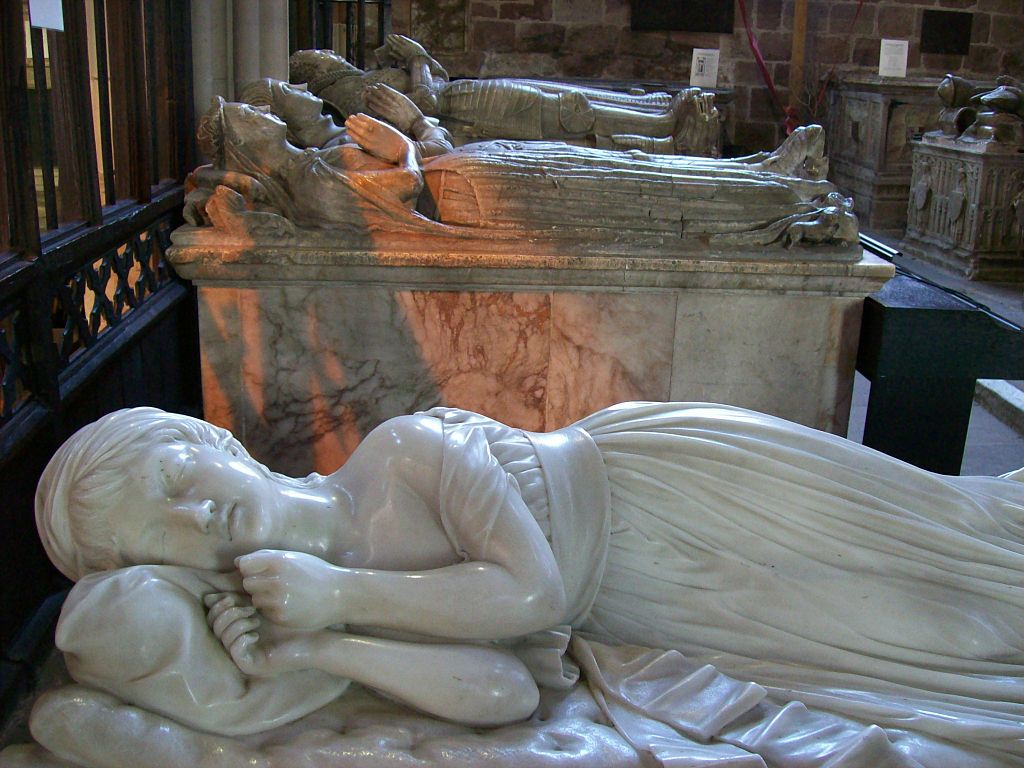
Sir Brooke Boothby (1743–1824), seventh Baronet, and his wife Susanna (1755–1822) had a daughter, Penelope, born on April 11, 1785, their only child. The little girl is renowned for her portrait made by Sir Joshua Reynolds in July 1788. As writes Estelle Hurll in her booklet about Sir Joshua Reynolds: CONTINUE READING / CONTINUER LA LECTURE…